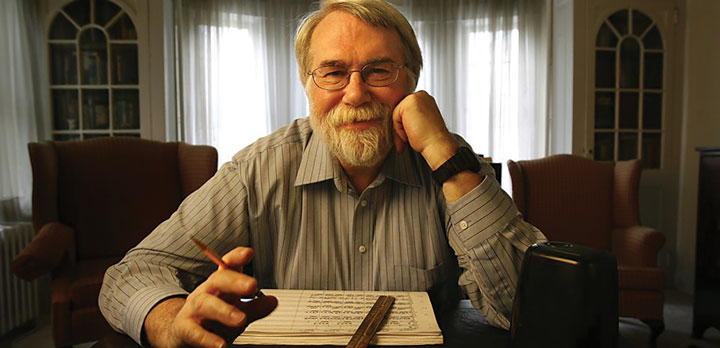
FANFARE Q&A
The Late Christopher Rouse
The musical world lost a giant on September 21. The CSO performed the premiere of his final Symphony No. 6 on October 18-19.
ROUSE WORLD PREMIERE + RAVEL'S BOLERO
No longer on sale
Experience the world premiere of Symphony No. 6 by Pulitzer Prize-winning composer Christopher Rouse.
RAVEL: Bolero
LALO: Symphonie espagnole
ROUSE: Symphony No. 6 [World Premiere, CSO Commission]
Louis Langrée, conductor
Guy Braunstein, violin, artist-in-residence
This concert is part of Series 1
Explore our Spotify playlists for this concert and for the entire season.
One final time my subject is death, though in this event it is my own of which I write. The symphony was commissioned by the Cincinnati Symphony Orchestra. I realized that I had largely avoided the standard four-movement form and recognized that this would be the time to tackle it. (To be fair, my Fifth Symphony does also exhibit many elements of four-movement structure.) I first chose to bookend the piece with two slow movements, and it then occurred to me that by placing a moderate-tempo movement second and a fast one third I would have replicated overall the architecture of Mahler's Ninth Symphony, though in a much more modest time span. (My symphony lasts only about 40% as long as Mahler's.) An immediate decision was required vis a vis how referential I would be in relation to the Mahler, and I elected not to employ any actual Mahler quotations. As in Mahler's second movement, I would in mine present music in both slow and fast tempi, but my third movement would consist of fast music only. Throughout my piece I would make subtle reference to the "stuttering" motive that opens the Mahler symphony. However, I wanted to end my symphony in a mood markedly different from his.
My choice of "unusual instrument" this time around was the fluegelhorn. The timbre of this dark-tinged member of the trumpet family seemed right for the elegiac quality of the symphony's opening idea, and it is a color that will return at various stages during the piece. My intent was to imbue the opening movement with a feeling of yearning as it strives to find an anchor in a sea of doubt. Each of the middle movements serves as an interlude in its own way, neither working with nor against the expressive grain of the opening adagio. (For me, this is also how Mahler's two middle movements largely function within the span of his 9th; the essential connection in both symphonies is that between the opening and the closing movements.) The music continues its path towards the end. Ultimately there is a valedictory passage featuring the strings over a long droning E in the contrabasses. The drone is the lifeline. Fear and doubt give way to an uncertain serenity. Still the life drone sounds. Love adds its grace and its healing power. The drone continues. Gradually all begins to recede but for the drone. The drone holds and holds. At the end, the final step must be taken alone. The drone continues...and continues.... Until it stops.
—Christopher Rouse

The musical world lost a giant on September 21. The CSO performed the premiere of his final Symphony No. 6 on October 18-19.
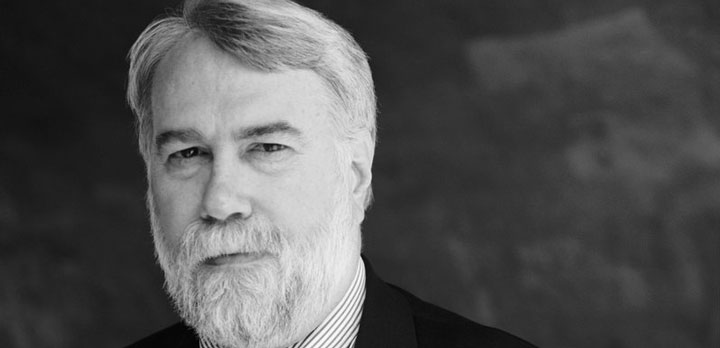
Rouse has created a body of work perhaps unequalled in its emotional intensity. The New York Times has called it “some of the most anguished, most memorable music around.”
“Christopher Rouse [is] a Pulitzer- and Grammy-winning composer known for vibrantly orchestrated works that explore extremes of expression, from kinetic vehemence to elegiac reflection...”
—The New York Times
“When the music history of the late 20th century is written, I suspect the explosive and passionate music of Rouse will loom large.”
—Baltimore Sun
“The emotional peak was scaled instead by Braunstein's violin...his tone fragile, a whisper away from tears.”
—The Times (London)
Make your concert experience even more interesting.
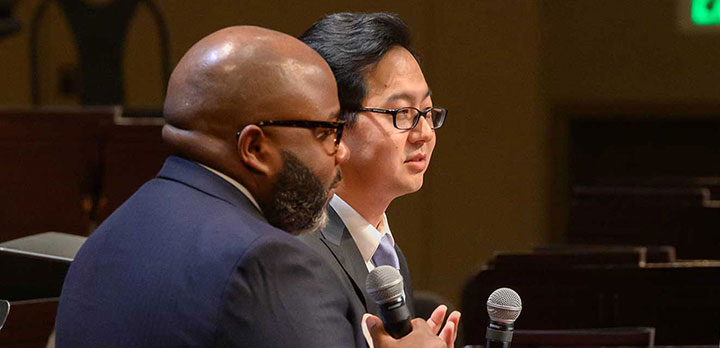
Join us one hour prior to the concert for a casual and engaging discussion.

Sat Apr 4 Taste artisanal wines curated by sommelier Kevin Hart of Hart & Cru, selected to complement the evening's program.

Following these performances, join other music lovers at the Grand Foyer bar in the center of the lobby.

CSO Season Sponsor
CSO Commission by Christopher Rouse is made possible by Dianne and J. David Rosenberg.
CSO Artist-in-Residence, Guy Braunstein, is supported by The Jewish Foundation of Cincinnati.
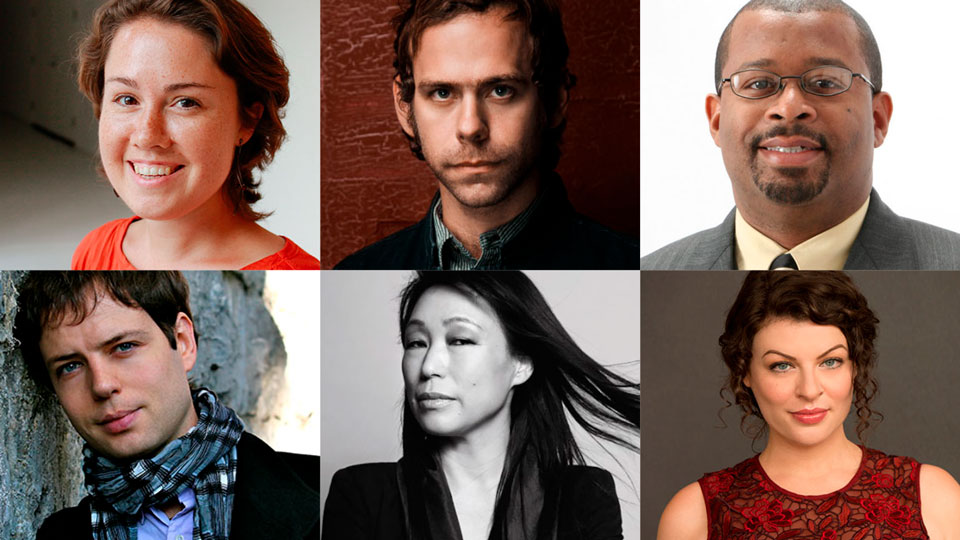
Explore the CSO's 2019/20 premieres, compositions by women and by composers of color.

Past, present and future form from the spark of creativity. Gershwin himself takes the stage and Scriabin’s Poem of Fire turns Music Hall into a color factory.
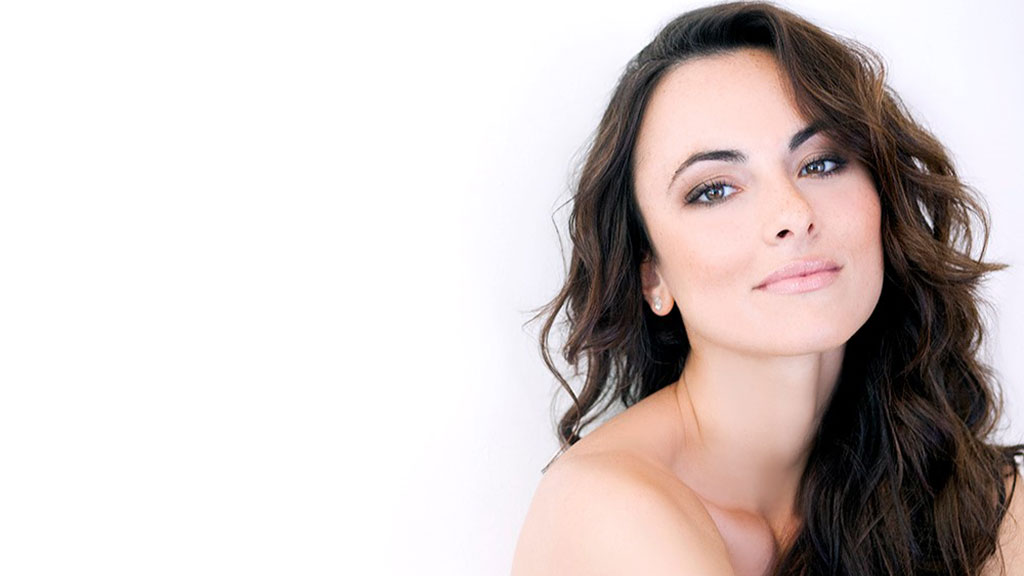
Isabel Leonard reprises her Grammy-winning role in Ravel’s fantastical story in a fully staged production that blooms with illustrated animations and imagination.
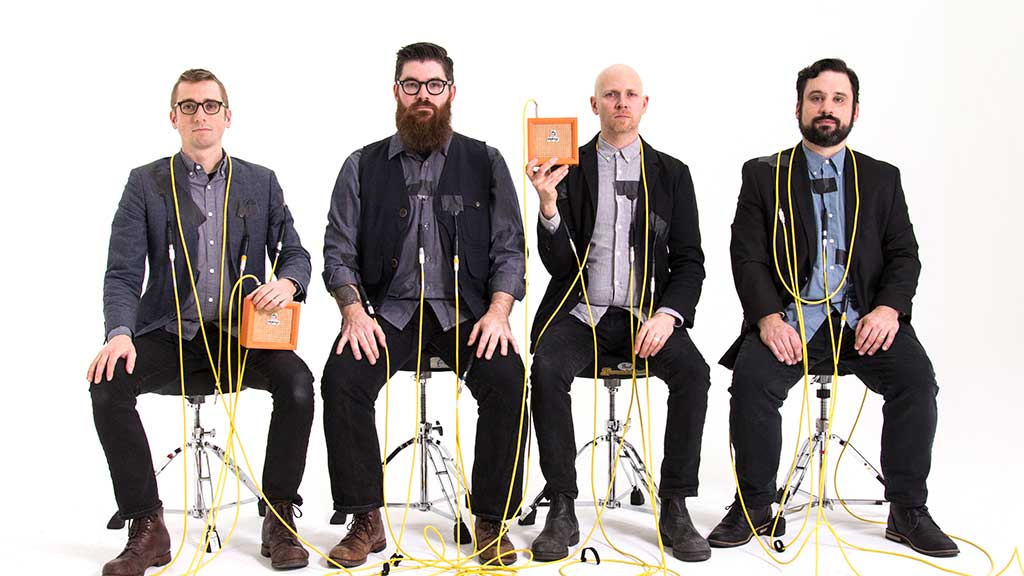
Musical futurists Sō Percussion return and Beethoven’s Symphony No. 8 follows the mystery of creation.